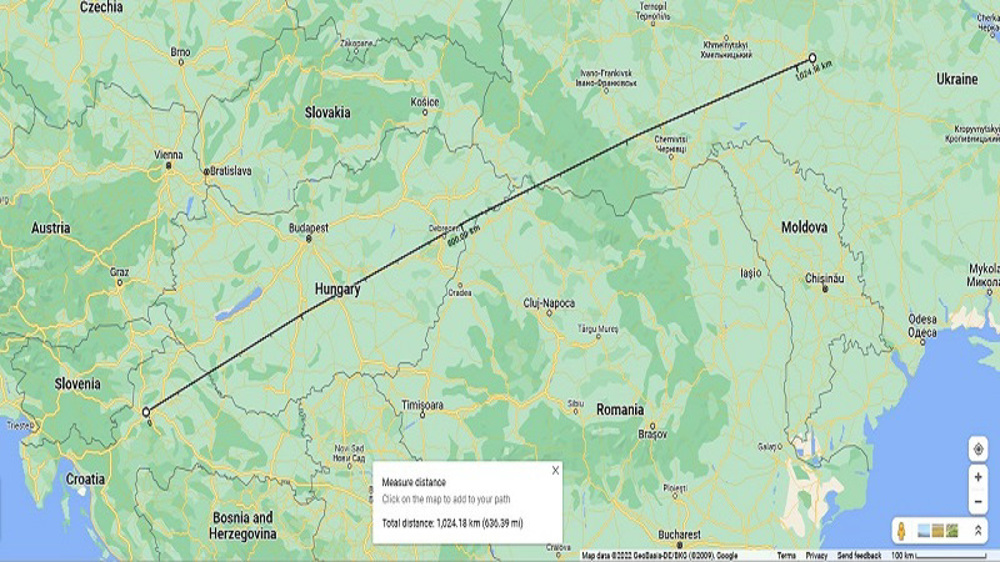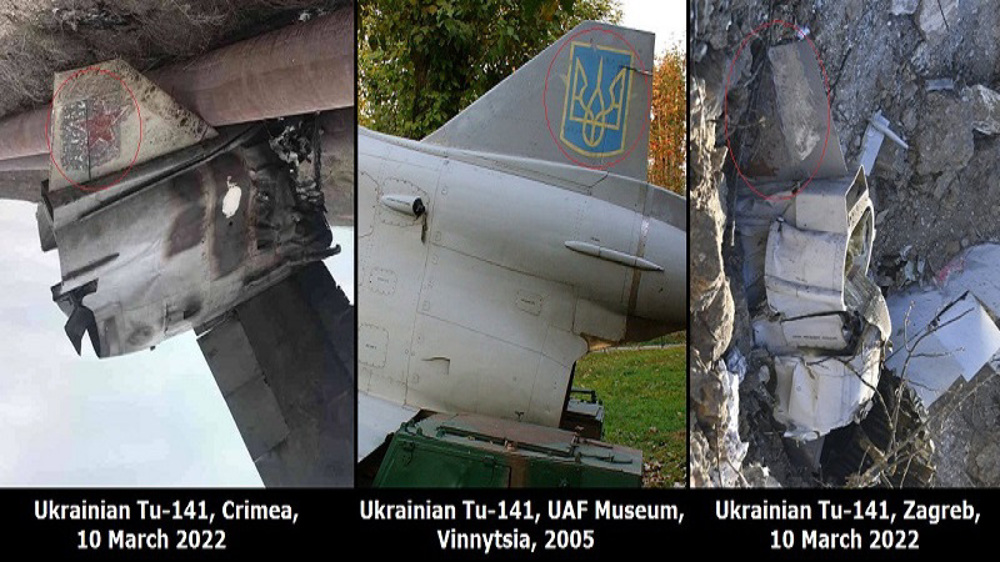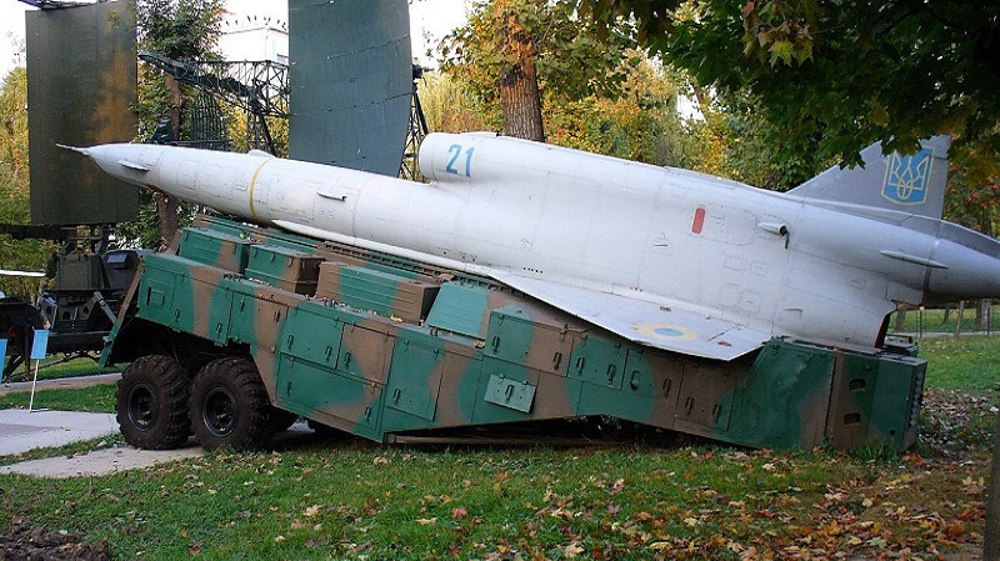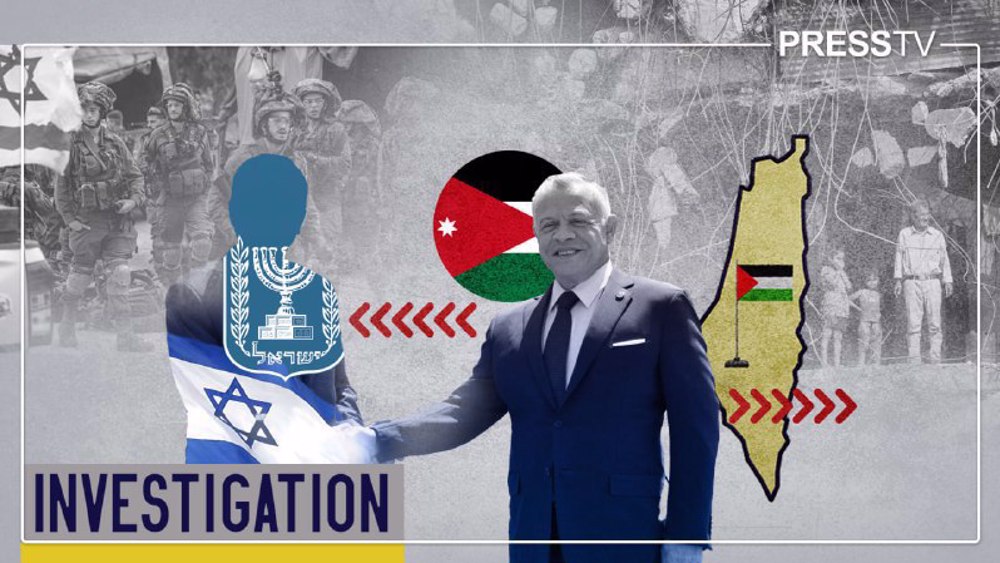Zagreb blames Russia for drone strike, rather than Ukraine
Why the Croatian government cannot admit that Ukraine intentionally attacked Zagreb with a drone?
By Ivan Kesic
On 10 March 2022, shortly after 11 pm, a Tupolev Tu-141 reconnaissance drone crashed in Zagreb, the capital of Croatia. Initially, many citizens took to social media after having witnessed the loud sound of engines and the glare of an unidentified object in the sky above the city, as well as an explosion that was felt kilometers away.
Shortly afterwards an impact crater was found some 50 m away from the city's largest dormitory which accommodates thousands of students. Fortunately, there were no fatalities, the UAV's impact on the ground knocked one man off his bicycle and damaged tens of cars parked nearby.
People began to gather around and photos of the debris from the crash site began circulating on social media, finding their way to military analysts who identified the aircraft as a Soviet-era unmanned aerial vehicle. The darkest assumptions thus proved correct, the Russia-Ukraine conflict raging more than a thousand kilometers away, just knocked on their door.
The shocked public began to ask questions: where was it launched from? Who launched it, and why? Is it an intentional act or some mistake? Today, six days later, the Croatian government still refuses to answer any of these questions.
Some twelve hours after the accident, Croatian officials began making their first statements, only confirming what was already known thanks to independent analysts. They announced that it was indeed a Tu-141 drone, and that it came from the direction of Ukraine, without specifying which side launched it.
The only new useful information was that the UAV first entered Romania and flew for 3 minutes, after which, it continued flying through Hungarian airspace for the next 40 minutes and finally through Croatian airspace for the last 7 minutes. All three NATO member states, as well as the NATO Integrated Air Defense System, claimed to have monitored the 14-meter-long 6-ton drone with radar but bizarrely failed to react.
There were no fighter jets being scrambled, no anti-aircraft missiles fired, nor even air raid sirens in Zagreb. The discussion in the following days mainly revolved around who should have reacted. Politicians and the media generally avoided naming the main culprit, but began talking about "a Russian-made drone," indirectly accusing Russia of having launching it.
It isn't like Russia lacked a motive for doing so, since Croatia has joined in the imposition of severe sanctions against Russia, obediently following directives from Brussels and Washington, and even sent weapons, ammunition and military equipment to the Ukrainian infantry.
The Croatian media unanimously took a pro-Ukrainian stance, many even jingoistic toward Russia, so public Russophobia is at its peak. Several media outlets praised right-wing extremists fighting in Ukraine as heroic celebrities, and even offered contacts for recruiting new mercenaries.
Russia consequently summoned Croatia's defense attaché to the Defence Ministry over information that hundreds of Croatian mercenaries had gone to fight in the Ukraine, but the attaché refused to accept the diplomatic summons, claiming that neither Croatia's Defence Ministry nor any other Croatian governmental institution has any connection to those individuals.
In fact, Croatia proclaimed that it has no intention of stopping or criminalizing such illegal activities. Croatia's Prime Minister, Andrej Plenkovic, in contrast to President Zoran Milanovic who expressed balanced views on the conflict, openly described himself as "proud to be a Russian enemy."
Although Russia may be angry at Croatia, as it is with many other countries with similar behavior, it sounds quite unconvincing that as a powerful country it would commit a terrorist-like act on a non-strategic civilian target, only against Croatia, and during the ongoing conflict. Such hostile action, overt or covert, would be of a zero benefit to Russia. Besides, even if Croatia changes its policy and declares itself an ally of Moscow, it would not help Russia in the military, political and economic sense.
As a matter of fact, any Russian involvement in the incident could benefit only Ukraine and its warmonger allies, as it would give them a perfect pretext to establish a NATO-led no-fly zone over Ukraine, something which Ukrainian politicians have been desperately seeking for days. This scenario includes a false flag operation with faked evidence for the world audience, and Croatia as a country devoid of an air force or any credible air defense systems, is an ideal target.
But unfortunately for the perpetrators, things did not go according to plan: the crash landing on a soft green area was relatively soft, enough for the debris with markings to stay preserved, and the appearance of witnesses who photographed them made it impossible for government services to conceal key evidences.

All technical evidence clearly points to direct Ukrainian responsibility. Firstly, the alleged "Russian-made drone" was actually built in the Soviet Ukraine during the Cold War, and today it is in service only with the Ukrainian Armed Forces. There is no evidence of Russian use in the last 33 years. Secondly, taking into account the known flight time over the three countries, the cruising speed and the maximum range of 1,000 km, the Tu-141 obviously took off from a mobile launcher at the Vinnytsia Airbase in western Ukraine.
This is exactly 1,024 km away from the Zagreb crash site (see map above). The city of Vinnytsia, which is under Ukrainian control, serves as the headquarters of the Ukrainian Air Force Command, and is known for operating Tu-141 drones. The speculative launch from Belarus, Transnistria or Russian-controlled areas of Ukraine (implying Russian responsibility) simply does not fit into the range and linear flight, and the latter also refutes claims that it malfunctioned and went off course. Furthermore, the fact that the drone did not hit some Eastern European empty fields but the capital of a NATO member state clearly reveals that the strike was intentional.
Another important piece of evidence was inadvertently revealed by the Ukrainians themselves in an attempt to refute their own involvement. On the same day that the Tu-141 crashed in Zagreb, another drone of the same type was shot down over Crimea by the Russian anti-aircraft system.
In both cases the Ukrainians denied that the drones belong to them, arguing that the photos of the wreckage show a red five-pointed star, which was historically used by Soviets and today by Russians, while theirs uses the Ukrainian coat of arms as the insignia. However, a closer analysis of the markings suggests quite the opposite.
As can be seen in many photos of the Tu-141 drones in Ukrainian service, Ukrainians simply pasted their markings over older Soviet stars (middle picture below), and this was done with some cheap material that obviously did not withstand flight or fire. If you take a closer look at the tail of both crashed drones, you will notice the burnt shape of the Ukrainian coat of arms, marked with red circles (left and right image below). In other words, Ukraine lied. The above-mentioned details have, without a doubt, been known to the Croatian intelligence agencies since the first day, but the government continues to deceive its own nation and the European public by insisting that the main perpetrator is unknown, that the investigation is still ongoing, that facts are still being gathered, and so on, instead of acknowledging that it was a deliberate Ukrainian act, however, politicians and the media prefer to speculate about "drone malfunctions" and "pro-Russian separatists."
The above-mentioned details have, without a doubt, been known to the Croatian intelligence agencies since the first day, but the government continues to deceive its own nation and the European public by insisting that the main perpetrator is unknown, that the investigation is still ongoing, that facts are still being gathered, and so on, instead of acknowledging that it was a deliberate Ukrainian act, however, politicians and the media prefer to speculate about "drone malfunctions" and "pro-Russian separatists."
There are two reasons for such spinning. The first being that it is difficult for the Croatian authorities to admit that their dear friend Ukraine, which they supported in all possible ways, committed a hostile act that almost killed dozens of students.
This would seriously shake the pro-Ukrainian government in Zagreb since much of the Croatian public would turn against Ukraine.
The second reason is of a far more insidious nature: it is hard to believe that the failed Ukrainian false flag operation was carried out without the express knowledge and complicity of a major NATO player whose radars and spy planes have complete control of the European skies.
And when the United States tells its puppets to keep their mouths shut, they must obey, or face untold consequences..
(The views expressed in this piece do not necessarily reflect those of Press TV.)
VIDEO | New Yorkers embrace Central Park's first snowfall
Far-right Kast sweeps Chile’s presidential election
Hamas says reserves right to retaliate for commander assassination
Civilizations must unite against unilateralism, warmongering: Iran’s deputy FM
VIDEO | Resistance against occupation
China expands use of Iranian rail corridor for cargo transit
Ukraine’s Zelensky says open to dropping NATO bid for security guarantees
Israel kills 3 in south Lebanon as it threatens ‘wide-scale’ attack










 This makes it easy to access the Press TV website
This makes it easy to access the Press TV website